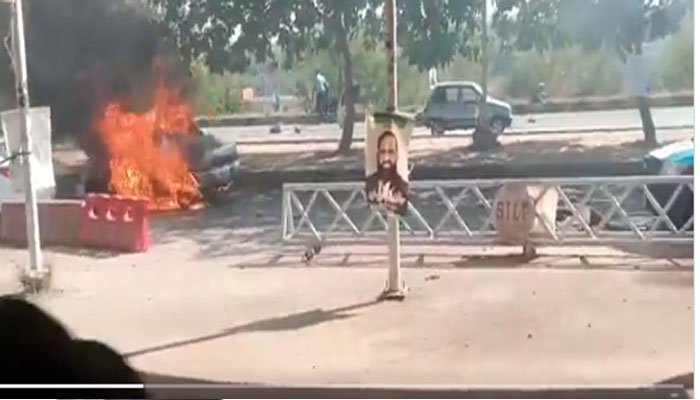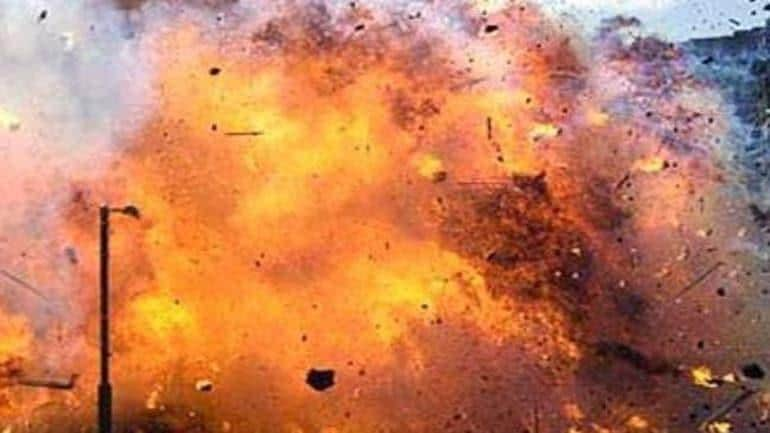Strong winds from India have caused Lahore’s air quality index to soar above 250, leading to health issues for local residents. The World Air Quality Index Project highlighted a concerning rise in fine particulate matter (PM2.5) in the city—tiny particles that can be harmful when inhaled.
After Diwali celebrations in nearby New Delhi, which saw widespread fireworks usage despite a government ban, Lahore experienced a spike in PM2.5 levels. Health officials have issued emergency warnings that could affect the entire population. It is recommended that active individuals, particularly children and people with respiratory conditions like asthma, minimize outdoor activities during this time.
Local meteorologists predict that the intense smog will linger for the next 48 hours. NASA’s satellite data shows that strong winds have transported smoke from burning agricultural waste in India into Pakistan. The satellite imagery indicates that significant crop-burning activities in India have worsened the smog situation.
Lahore’s average air pollution index was recorded at 157, lower than the average of 180 over the past week, yet still concerning. The situation has led to strict enforcement measures in affected areas, with numerous arrests for violating government health orders and over 600,000 fines issued in a single day through an AI-supported e-challan system.
Meanwhile, New Delhi continues to suffer from toxic smog following the fireworks during Diwali, despite its authorities’ efforts to curb sales. The city’s air pollution, often exacerbated by stubble burning, is a recurring issue that has yet to see a decisive response from local governments. The Supreme Court of India recently recognized clean air as a fundamental human right, demanding action at both national and state levels.
Pollution levels in New Delhi have reached alarming heights, with PM2.5 levels surging to over 23 times the World Health Organization’s recommended daily limit, prompting calls for immediate intervention.














